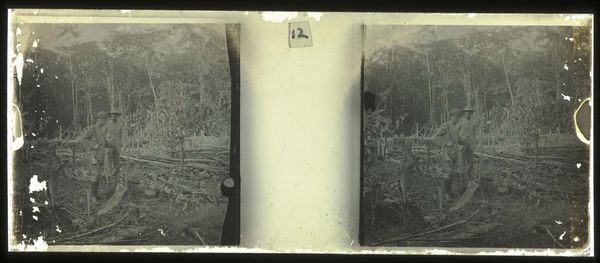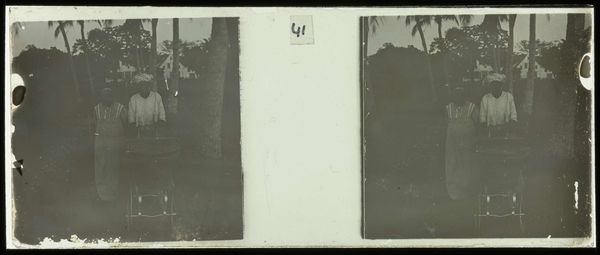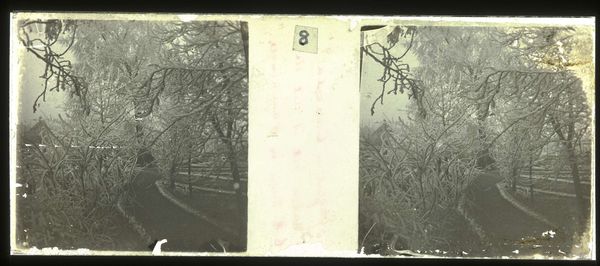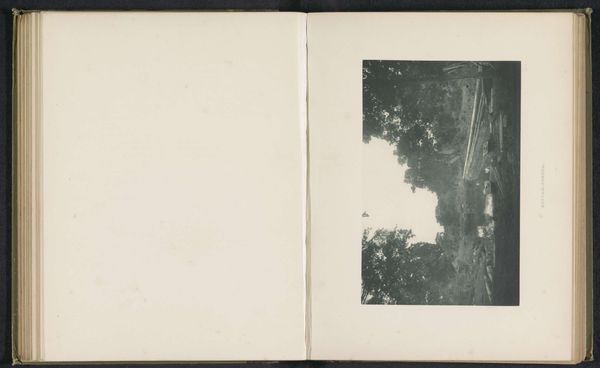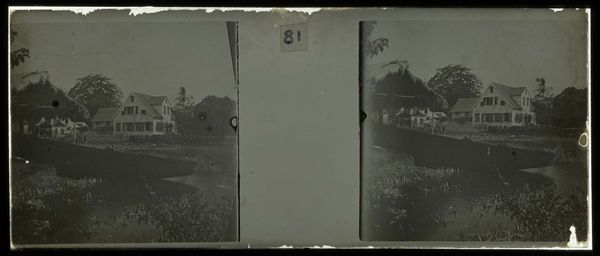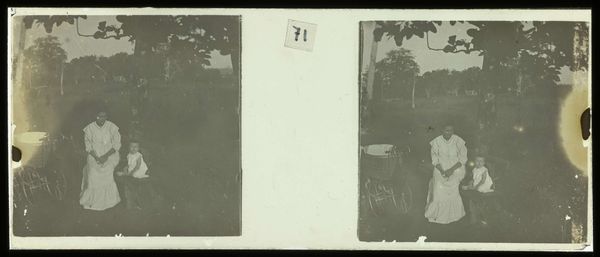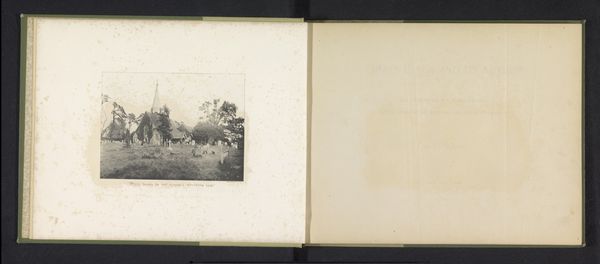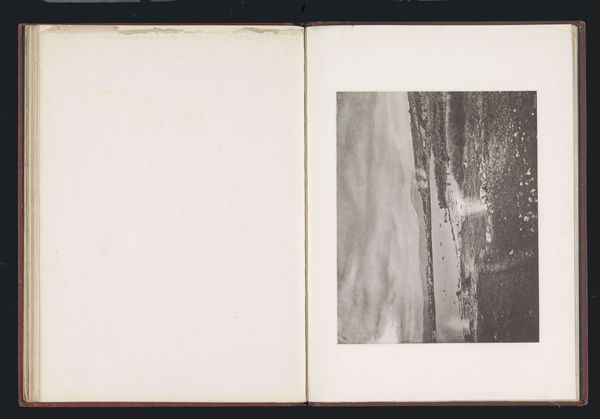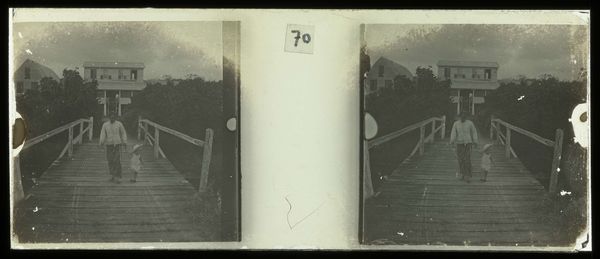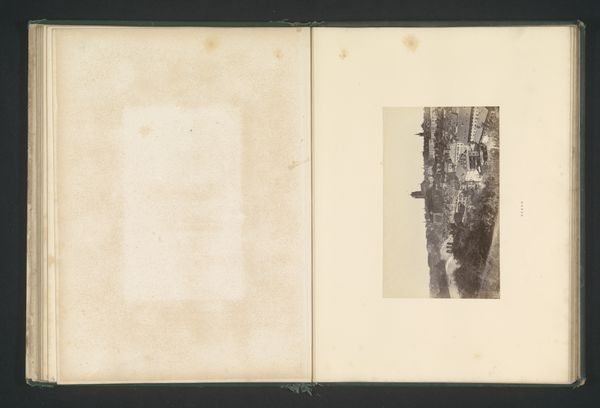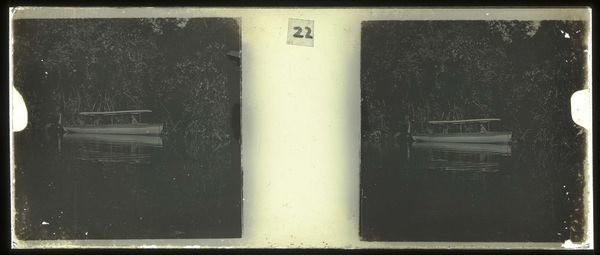
photography
#
landscape
#
photography
#
realism
Dimensions: height 4.5 cm, width 10.5 cm
Copyright: Rijks Museum: Open Domain
Curator: Ah, yes. We’re looking at “Arbeiders in een vaartrens op plantage Accaribo,” or "Workers in a canal trench on the Accaribo Plantation," a photograph taken sometime between 1913 and 1930. Theodoor Brouwers is the photographer, and it is part of the Rijksmuseum collection. Editor: My first thought? Murky. And incredibly sad. The double exposure intensifies that feeling, as if the landscape itself is haunted by what it has witnessed. Curator: Indeed. That murkiness resonates. Given that this photograph captures workers toiling in what was then the Dutch colony of Suriname, the symbolism is powerful. Water often represents purification or cleansing, but here, it seems more like a site of arduous labor, exploitation, and sorrow. Editor: Exactly! Look at the thick, tangled vegetation. It's like the land itself is resisting, or maybe even trapping these workers. There’s a tension here: beauty and oppression coexisting. I almost feel like I'm peering into a forgotten memory, layered with pain. Curator: I'm drawn to the number “14” placed right between the stereoscopic images. This is actually the photographer's enumeration and filing information about the image but to us viewers now, it could indicate order and standardization within the colony—reducing individuals to mere numbers in a vast system. The trees lining the canal create an imposing presence of power through forced, back-breaking labor, captured forever. Editor: God, that clinical numbering makes it even worse. It strips away any remaining humanity. Although Theodoor Brouwers took a lot of these photographic series of local labor—often commissioned as informational documentation for the Dutch government at the time—the weight is still palpable here today when viewing. It's haunting because it's not just an image; it's a visual document loaded with unspoken stories and painful history. Curator: Well said. Photography like this offers us direct access to a critical cultural dialogue that must be brought to light, even decades later, no pun intended! Editor: Ultimately, it asks us: What does progress cost, and who pays the price? I am grateful to have engaged this photograph together.
Comments
No comments
Be the first to comment and join the conversation on the ultimate creative platform.
